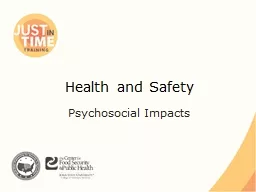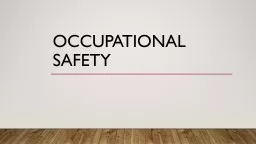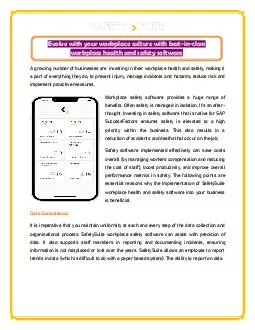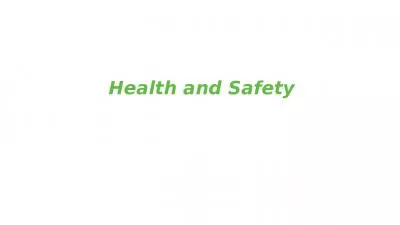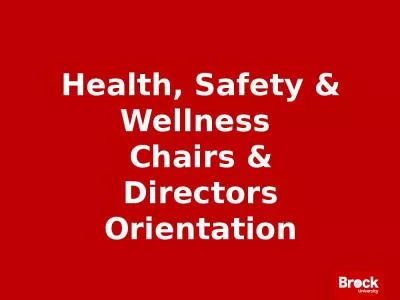PPT-For Your Safety and Health at Work
Author : elise | Published Date : 2023-05-20
For People Working in the Industrialwaste Disposal Sector 1 1 Help them understand various types of danger in the workplace 2 Help them recognize danger of something
Presentation Embed Code
Download Presentation
Download Presentation The PPT/PDF document "For Your Safety and Health at Work" is the property of its rightful owner. Permission is granted to download and print the materials on this website for personal, non-commercial use only, and to display it on your personal computer provided you do not modify the materials and that you retain all copyright notices contained in the materials. By downloading content from our website, you accept the terms of this agreement.
For Your Safety and Health at Work: Transcript
Download Rules Of Document
"For Your Safety and Health at Work"The content belongs to its owner. You may download and print it for personal use, without modification, and keep all copyright notices. By downloading, you agree to these terms.
Related Documents

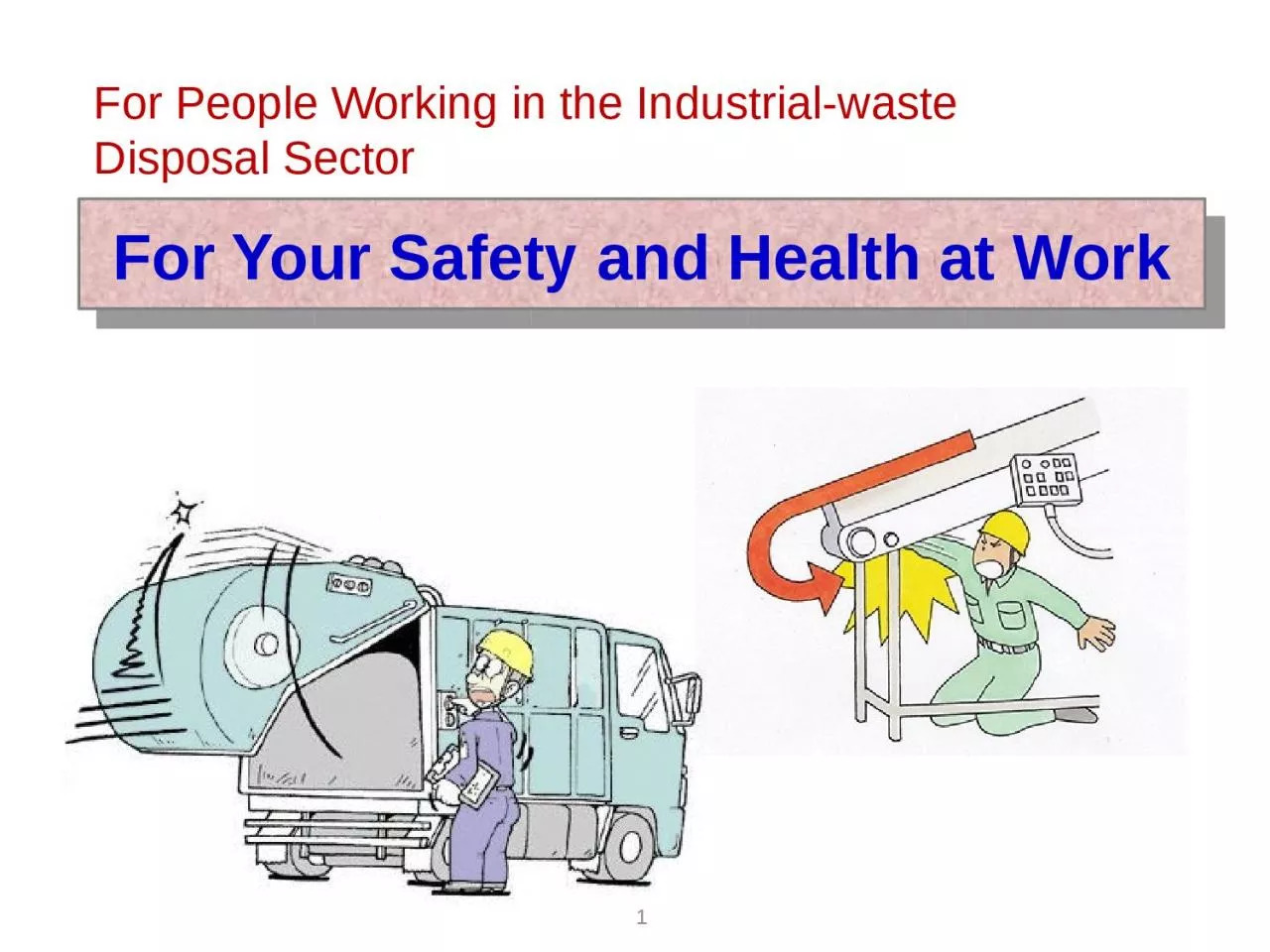
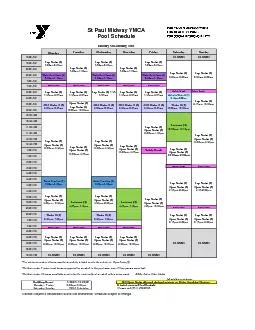
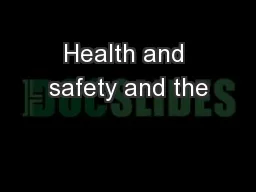
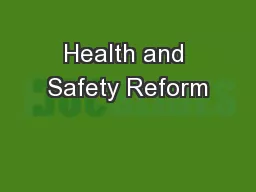
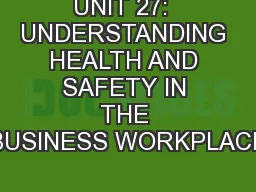
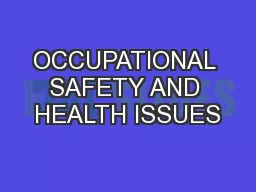
![[Your logo here] SHOW Your Commitment to SAFETY](https://thumbs.docslides.com/702879/your-logo-here-show-your-commitment-to-safety.jpg)
